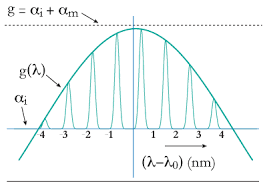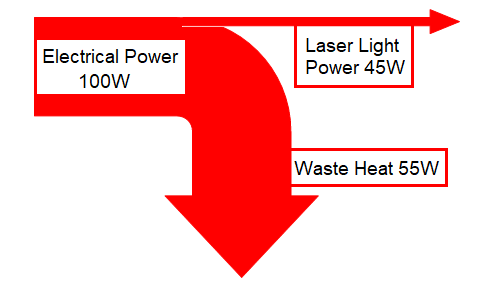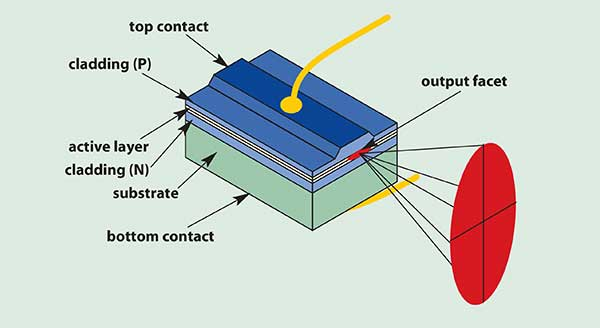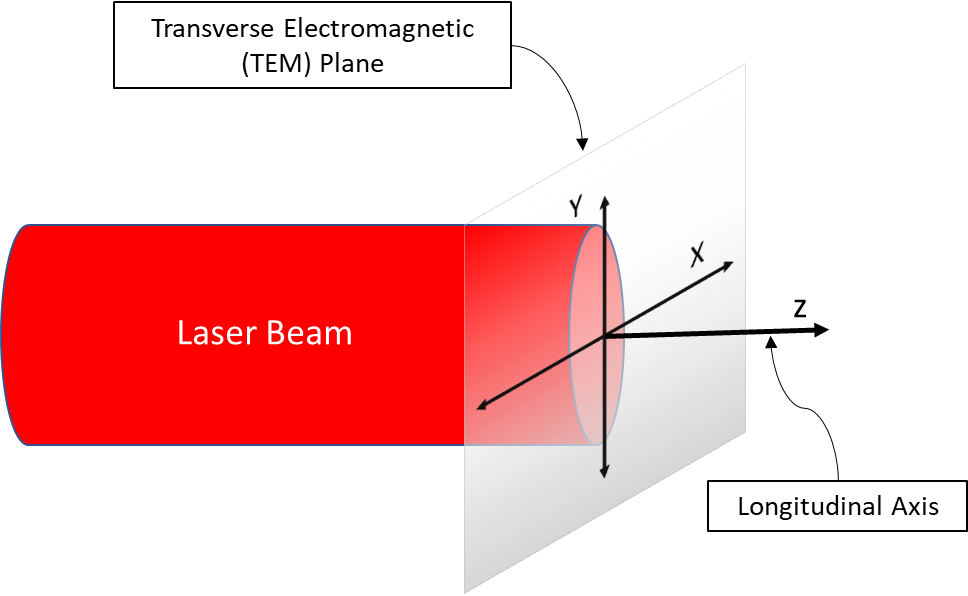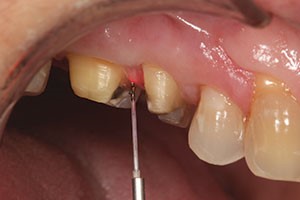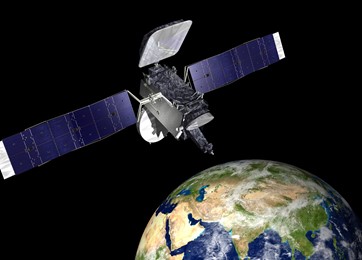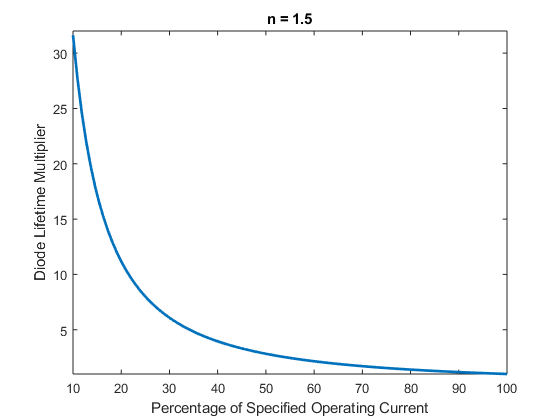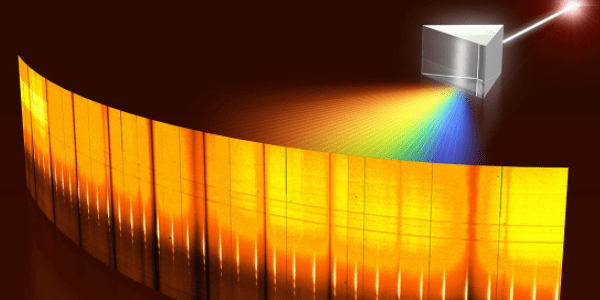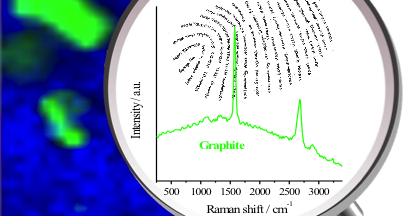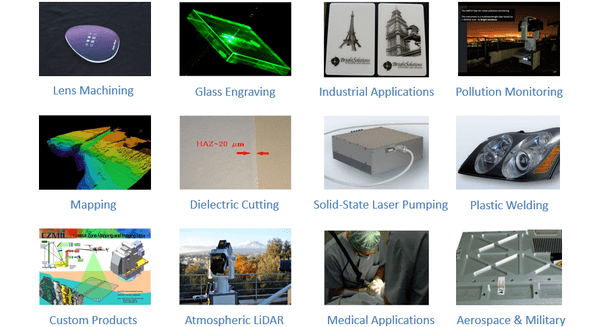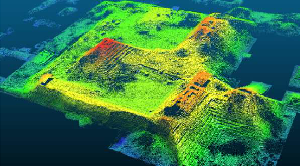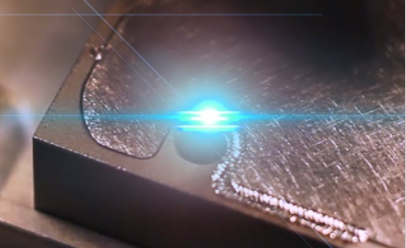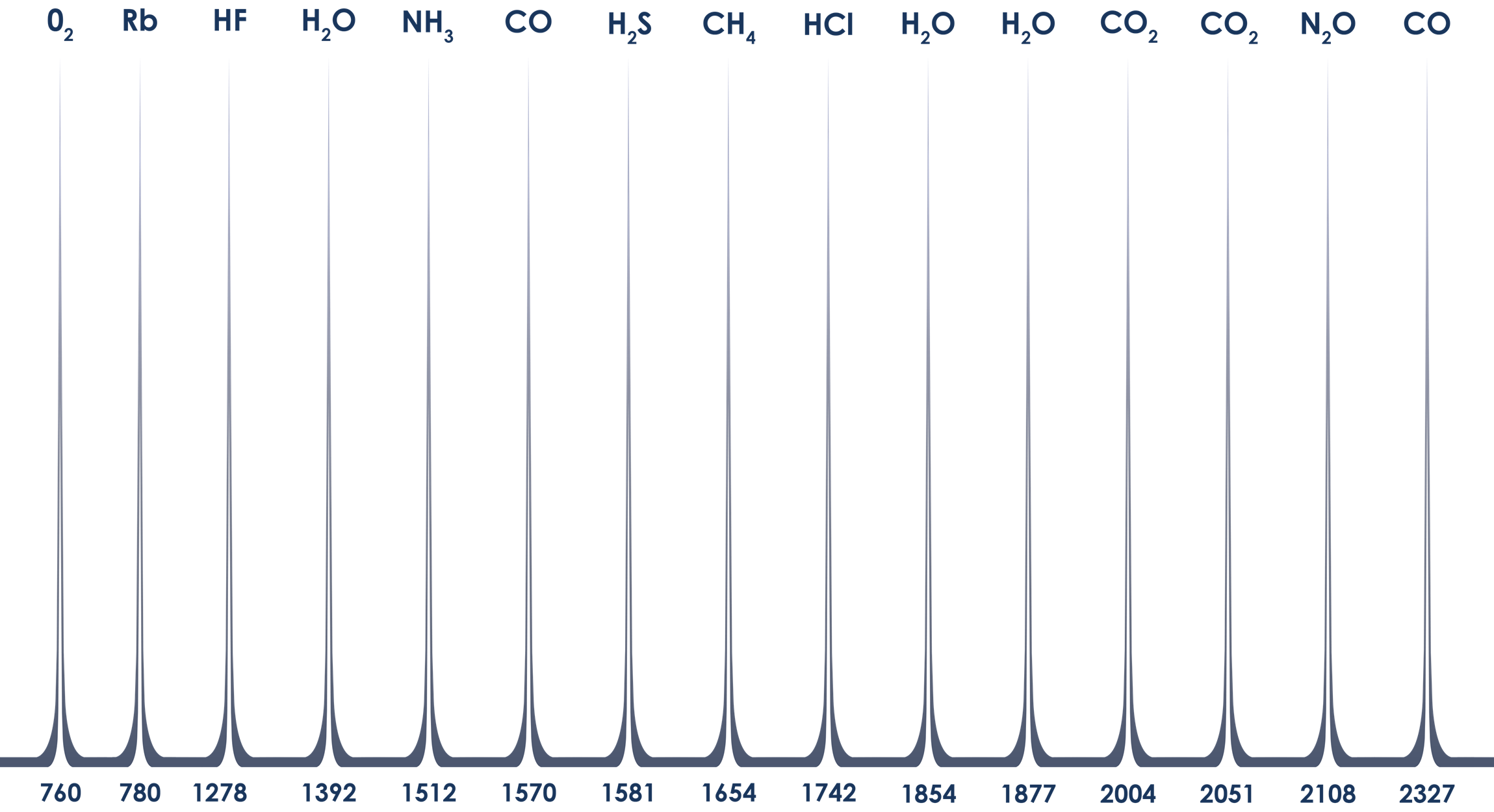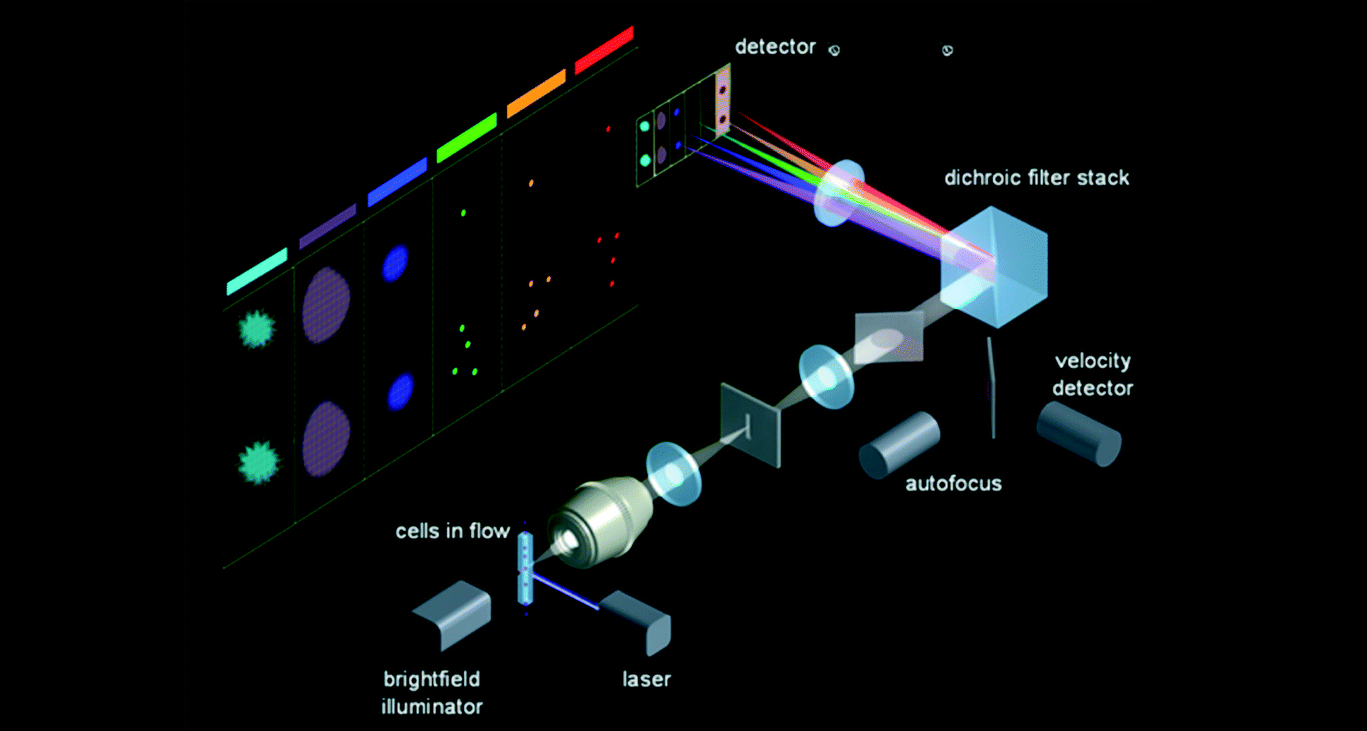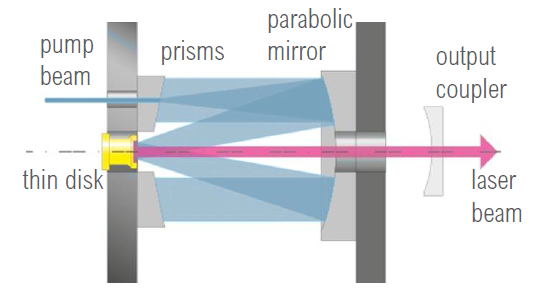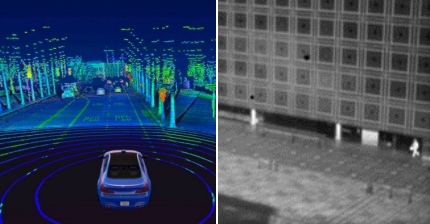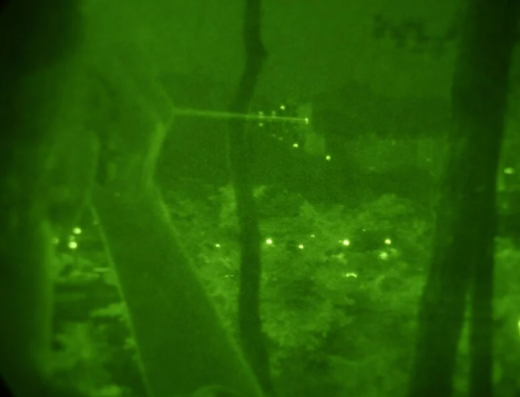Laser Diode Fundamentals: What are Longitudinal Modes?
Laser diodes must meet two critical requirements to facilitate the lasing process. The first requires that, at a minimum, the laser cavity’s gain increases to the point that it reaches unity with the level of losses. This unity state is known as the gain threshold. The second requirement is that there must be a longitudinal mode present inside the optical cavity, coinciding with the laser’s gain curve. This article explores precisely what longitudinal modes are and how they affect the laser diode’s pe… Read More

 SHIPS TODAY
SHIPS TODAY 